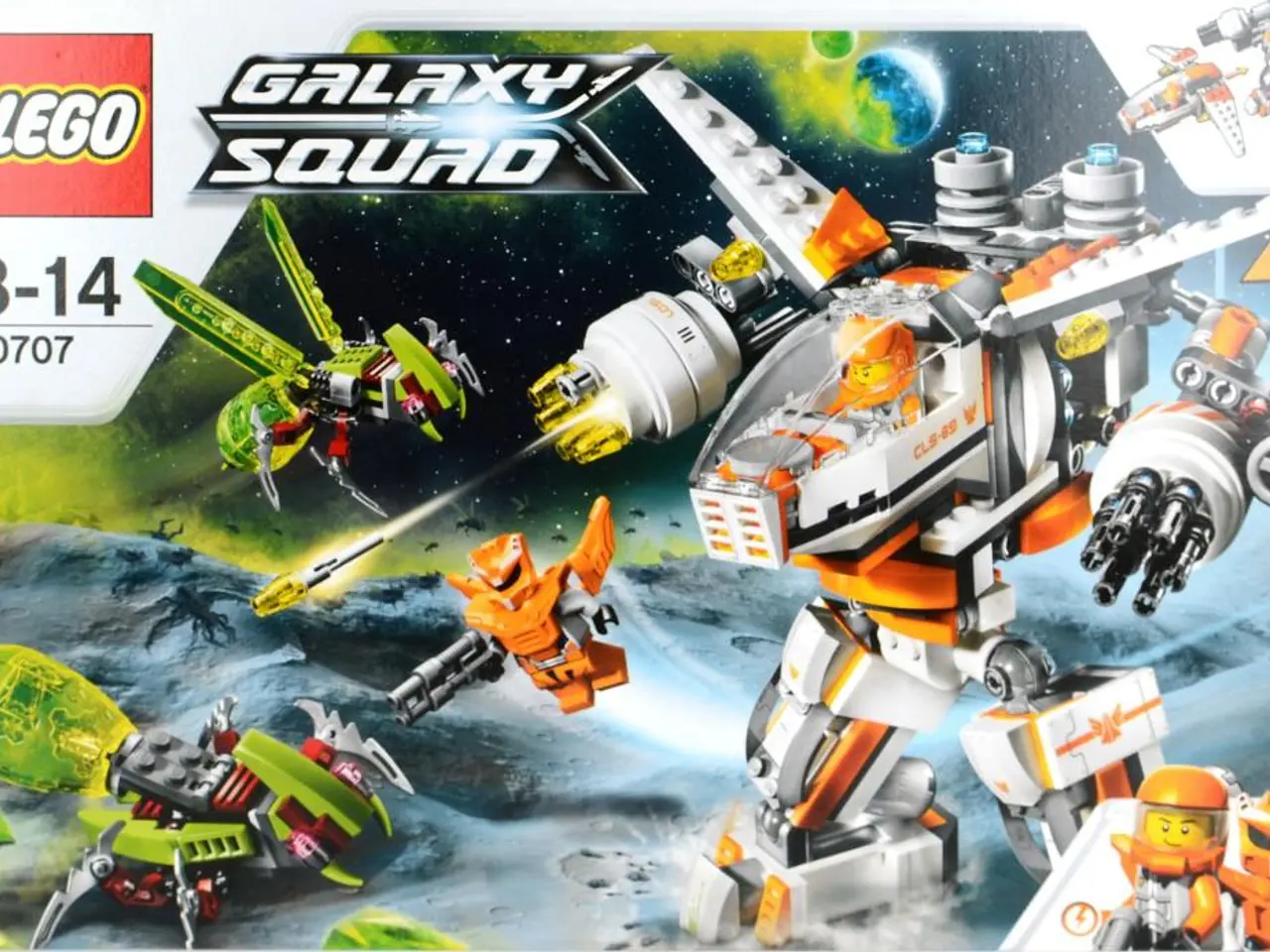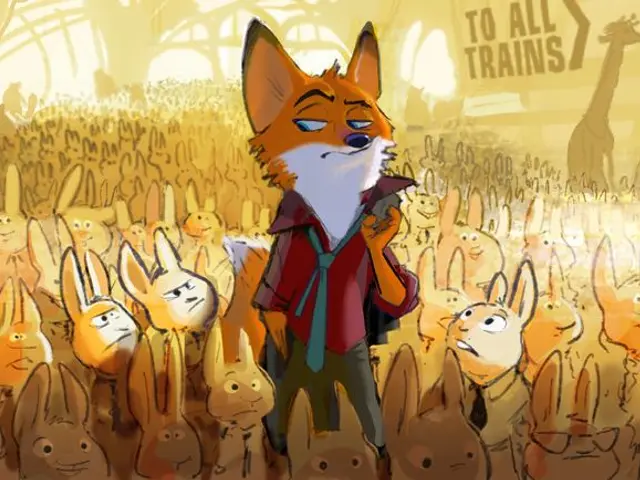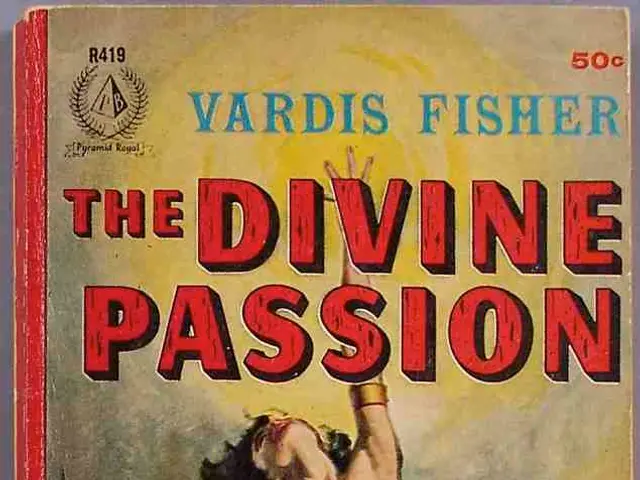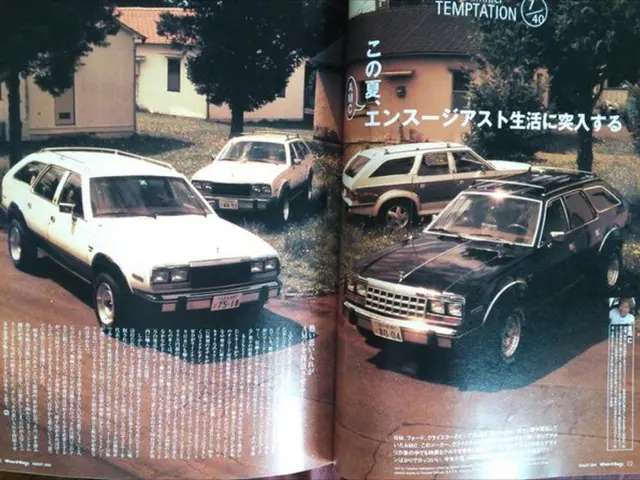In Verdansk, the dominance of automated systems in Warzone is causing an integration with Stalker, leading to a blurring of lines in the user's mind.
Stalker: Shadow of Chernobyl, a classic post-apocalyptic game, was designed to create moments where AI enemies exhibited human-like behaviour. This groundbreaking approach, known as the A-Life system, endowed NPCs with autonomous goals, desires, and interactions, making the game world feel alive and unpredictable.
In Stalker, NPCs migrated around the Chernobyl Exclusion Zone, creating iconic images such as campfires surrounded by masked nomads. These NPCs would seek artifacts, trade with dealers, pick up quests, and even decide their interactions upon meeting each other—whether to fight, trade, or avoid conflict. The original vision included NPCs uncovering the Zone’s mysteries independently, making the player less central, though this system was somewhat scaled back by release.
The A-Life system's significance lies in creating emergent narrative moments and a reactive world where NPCs behaved with a degree of realism and unpredictability. Iconic images like masked nomads gathering around campfires playing guitars reflect this lively migration and interaction of NPCs. The system contributed to the immersive and tense atmosphere that defined Stalker, influencing its cult status and inspiring future game AI design.
Regarding influence on modern battle royale games like Warzone, Stalker's AI approach shows thematic and conceptual echoes rather than direct mechanics replication. In Warzone, bots and NPC behaviors have become more advanced and diverse, and some gameplay elements—such as scavenging, environmental hazard awareness, and dynamic enemy encounters—bear similarity to Stalker's emergent AI-driven scenarios. The blending of Warzone’s bot behavior with Stalker’s reactive AI is noted by players who observe parallels in how enemies adapt and interact with the player and each other in a semi-open world combat setting.
However, battle royale games primarily focus on player-versus-player dynamics in large, shrinking arenas, with AI bots acting mostly as filler or challenge elements, rather than fully autonomous faction members with independent goals interacting deeply with their environment and each other as in Stalker. Thus, while Stalker influenced a mindset of bringing life and unpredictability to NPCs, its full A-Life system complexity has not been directly transferred to battle royale games but inspired improvements in AI behaviour depth and unpredictability.
In summary, Stalker’s A-Life was a pioneering AI system featuring NPCs with independent goals, emergent behaviours, and complex interactions creating a vibrant, reactive world. It contributed greatly to the immersive experience and narrative moments that defined the game. Modern battle royale games like Warzone show some conceptual influence in AI bot behaviour but do not replicate Stalker’s full A-Life system complexity; instead, they incorporate aspects of AI adaptability and environmental interaction inspired by such earlier AI innovations. The gameplay in Stalker: Shadow of Chernobyl bears a resemblance to battle royale games, particularly in the heat of skirmishes where finding and losing targets is a key aspect. The battle royale map in Warzone, Verdansk, features Spomeniks, abstract monuments built in the former Yugoslavia to commemorate soldiers in the Second World War. In the default mode of Casual in Warzone, a handful of player squads are matched with a planeload of bots, making it harder to find games with dozens of human players. Combat in Stalker: Shadow of Chernobyl is surprising, as enemies are just as likely to attack the player as the player is them, and firefights require constant vigilance. The NPCs in Warzone pursue their own goals, such as hunting for better guns and fleeing from the gas, and do not particularly care about interacting with real players. The NPCs in Warzone are clumsy and have poor shooting skills, but they are a step towards fulfilling the promise of A-Life that was first made by GSC in the noughties. There is a grotty warehouse in Stalker's central hub where NPCs fight to the death for the entertainment of a jeering crowd, reminiscent of Warzone’s gulags.
Jeremy Peel, an award-nominated freelance journalist, has been writing for PC Gamer for several years. Known for his work on a pandemic article called "Every type of Fall Guy, classified", Peel can be found on Patreon under the name The Peel Perspective. Infinity Ward's original pandemic-era map in Warzone is filled with Soviet monuments, similar to Stalker, although some of these monuments were eventually removed and then rectified in the remaster.
Read also:
- "Primal instincts at play: Subnautica 2 designer notes our affinity for weapon-making stems from a fundamental desire for protection and sustenance"
- Dragon Age series might find a promising future with remasters, according to ex-BioWare producer Mark Darrah, but it seems unlikely that EA and BioWare possess the capability for such undertakings at present.
- Despite the significant success of Clair Obscur: Expedition 33, its director asserts that traditional prejudice towards turn-based RPGs persists, with real-time action games generally receiving smoother acceptance.
- "Nationwide Initiative: 'Unity Amongst Others'"








